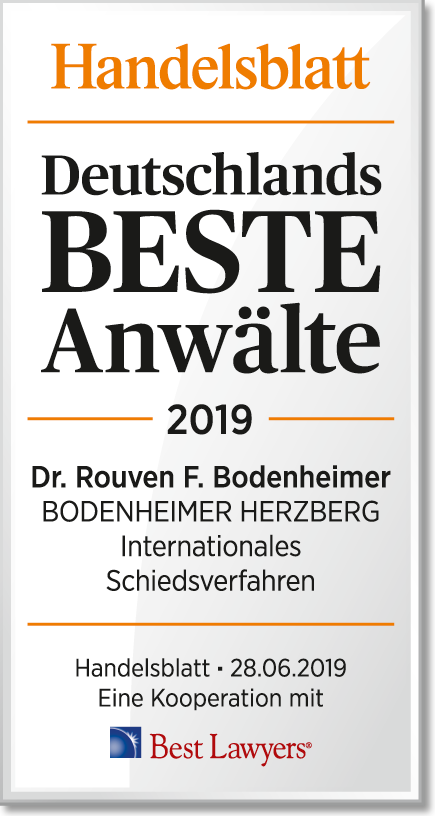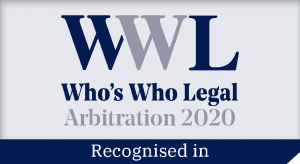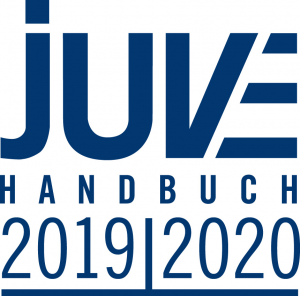Four Inconvenient But True Facts About Investor-State Dispute Settlement in the Post-Achmea Era

In March 2018, the Court of Justice of the European Union rendered its landmark decision in Case C-284/16 (“Achmea”). Müge Erdoğmuş explains why the ECJ’s ruling is neither surprising nor reassuring and how it may result in a shift of investment dispute resolution to other fora.
What Is It About?
In the Achmea case, the ECJ held that arbitration clauses contained in intra-EU Bilateral Investment Treaties violate EU law and are therefore inapplicable. The ECJ reached this conclusion essentially on the grounds that investment tribunals may not seek guidance from the ECJ on the validity or interpretation of EU law. The corresponding “preliminary ruling procedure” pursuant to Article 267 of the Treaty on the Functioning of the European Union is only available to state courts, and not to arbitral tribunals. According to the ECJ, the preliminary ruling procedure is a keystone of the EU’s judicial system. Member States may therefore not validly agree on a dispute-resolution procedure that causes this procedure to become unavailable.
Fact 1: Achmea Is Not a Surprise Decision
The course the ECJ was going to take in this case was in line with what was to be expected. There had been two touchstone cases which had set the stage for Achmea in many ways:
- In the Patent Litigation System Case (ECJ Opinion No. 1/09 of 8 March 2011), the ECJ held that a draft agreement between the EU, its Member States and certain third countries, providing for the creation of a European and Community Patents Court (“PC”) was contrary to EU law. Under the agreement, jurisdiction in certain patent matters would have been transferred from Member States’ courts to the PC. The PC would have had the power to initiate a preliminary ruling procedure pursuant to Article 267 TFEU. The ECJ considered the shift of jurisdiction away from Member States’ courts to a hybrid court, operated jointly with third countries, to constitute an inacceptable deviation from Article 267 TFEU. The ECJ also observed it would be impossible to hold the PC liable for any infringements of EU law, and based its rejection of the PC system on this ground as well.
- In the ECHR Accession Case (ECJ Opinion No. 2/13 of 18 December 2014), the ECJ held that a Protocol allowing the EU to accede to the European Convention on Human Rights (“ECHR”) violated EU law. The ECJ put forward multiple reasons for this finding. Almost all of them are directly or indirectly linked to the concern that EU accession to the ECHR could jeopardise the ECJ’s position at the top of the hierarchy of courts in the EU. Accession would, after all, cause the European Court of Human Rights to expand its jurisdictional outreach to matters in which currently the ECJ has the last say. The ECJ held that the relationship between the two courts was not sufficiently addressed; amongst other things, in order for the Protocol to be compatible with EU law, it would have to reserve any decisions on incidental or preliminary questions pertaining to EU law to the ECJ even in cases that would otherwise qualify for decisions by the European Court of Human Rights (cf. paras. 187 et seq., 236 et seq.).
Achmea is simply an application of these principles to ISDS dispute resolution.
Fact 2: Intra-EU Investors Are Now Looking for More Secure Fora to Bring Their Claims
Even before Achmea, investors have occasionally applied to the European Court of Human Rights (“ECtHR”) to seek damages due to host states’ unlawful interventions.
An exemplary case where a European investor, in the absence of an investment treaty between its country of origin (i.e. Ireland) and the host state (i.e. Ukraine), still successfully had its investment protected under the ECHR is the Case of East/West Alliance Limited v. Ukraine (Application No. 19336/04 ; “East/West Alliance”). The Irish investor’s application to damages was based on Ukraine’s alleged breach of its right to property, “on account of the authorities’ numerous and multifaceted interferences with its property rights to fourteen aircraft, which allegedly resulted in its being deprived of those possessions.” In this case, the ECtHR reiterated the main principles of right to property provided for under Article 1 of the Protocol 1, that “any interference by a public authority with the peaceful enjoyment of possessions should be lawful” and “must strike a fair balance between the demands of the general interests of the community and the requirements of the protection of the individual’s fundamental rights”, which are in line with investment law principles. In accordance with the facts, the ECtHR concluded that Ukrainian authorities’ arbitrary actions did not comply with those principles and the Irish investor’s application to damages succeeded, i.e. Ukraine was principally ordered to compensate the Irish investor company for the value of the aircrafts.
Another noteworthy investment case before the European Court of Human Rights was OAO Neftyanaya Kompaniya Yukos v. Russia (Application No. 14902/04 ; “Yukos”). This ECtHR case was brought by a company, Yukos, whose shareholders simultaneously arbitrated treaty claims against Russia before the Permanent Court of Arbitration. In both proceedings, it was argued that Yukos had been unlawfully expropriated by the Russian government. According to Yukos’ allegations in the ECtHR proceedings, by way of “unlawful, arbitrary and disproportionate imposition and enforcement of the 2000-2003 Tax Assessments”, the domestic authorities of Russia had subjected Yukos “to a number of measures in connection with its alleged failure to pay the correct amount of tax for the years 2000-2003.”. In the end, the Russian government had ordered Yukos to pay around EUR 16bn for tax fraud. According to Yukos, “in bringing the relevant proceedings, the authorities had sought to destroy the company and expropriate its assets.” Mainly on those grounds, Yukos argued that Russia breached, amongst several other rights, Yukos’s right to property under Article 1 of Protocol No. 1 to the ECtHR. The ECtHR had, in accordance with the principles of investment law, indicated that it had “to satisfy itself that each instance of such interference met the requirement of lawfulness, pursued a legitimate aim and was proportionate to the aim pursued.” In the end, the ECtHR concluded that Article 1 of Protocol No. 1 had been violated “on account of the 2000-2001 Tax Assessments in the part relating to the imposition and calculation of penalties” as those assessments ordered Yukos to pay fines contrary to domestic law. This meant that such measures taken by Russia were unlawful. As to the rest of the assessments, the ECtHR found no violation of Article 1 of Protocol No. 1 as it was satisfied that those “pursued a legitimate aim of securing the payment of taxes and constituted a proportionate measure in pursuance of this aim.”
Fact 3: The ECtHR Does Not Have Adequate Procedural Resources to Deal with Large-Scale Investor-State Claims
Whether the ECtHR can effectively handle large-scale investment disputes until a Multilateral Investment Court might eventually be established is questionable due to the ECtHR’s massive caseload. According to the official statistics made available by the ECtHR, the ECtHR rendered 1,068 decisions concerning 15,595 applications during 2017. The number of applications resolved represents an increase of 709% over the previous year of 2016, which is a significant development towards deciding cases more quickly. This should, in principle, reduce the backlog. Nevertheless, it still does not seem to be sufficient considering the fact that as of 30 June 2018, the total number of pending applications before the ECtHR is 54,350, almost four times the number of applications resolved within last year. Many cases brought before the ECtHR raise issues that are not just about money. Amongst other things, the ECHR provides for protection against violations of
- the right to life (Article 2 of the ECHR); of
- the prohibition of torture and inhuman or degrading treatment (Article 3 of the ECHR); of
- the right to liberty and security (Article 5 of the ECHR); and of
- the right to a fair trial (Article 6 of the ECHR).
Cases in which one or several of these rights were invoked represented almost 65% of the ECtHR’s decisions rendered in 2017. Bearing in mind that the ECtHR examines applications in a certain order considering the “importance and the urgency” of the issues involved, the smaller amount of ISDS cases representing a purely pecuniary interest are likely to fall behind cases involving basic individual freedoms.
Fact 4: Achmea Does Not Effectively End BIT arbitration for Intra-EU Investments Made By Investors with an EU Background
If they prepare in due advance, investors with an EU background may still benefit from BIT arbitration, even for investments inside the EU. If an investment is made by a special-purpose vehicle, formed in a jurisdiction outside the EU, then the ISDS clauses in the corresponding BIT are applicable. In order to rule out any allegation of abusive “treaty shopping”, investors must, however, exercise special caution and should involve specialised legal counsel before taking any steps towards that direction.
Conclusion
Achmea is neither surpising nor the end of investor-state arbitration for intra-EU investments effected by investors with an EU background. Any alternative solutions must be analysed on a case-by-case basis.











